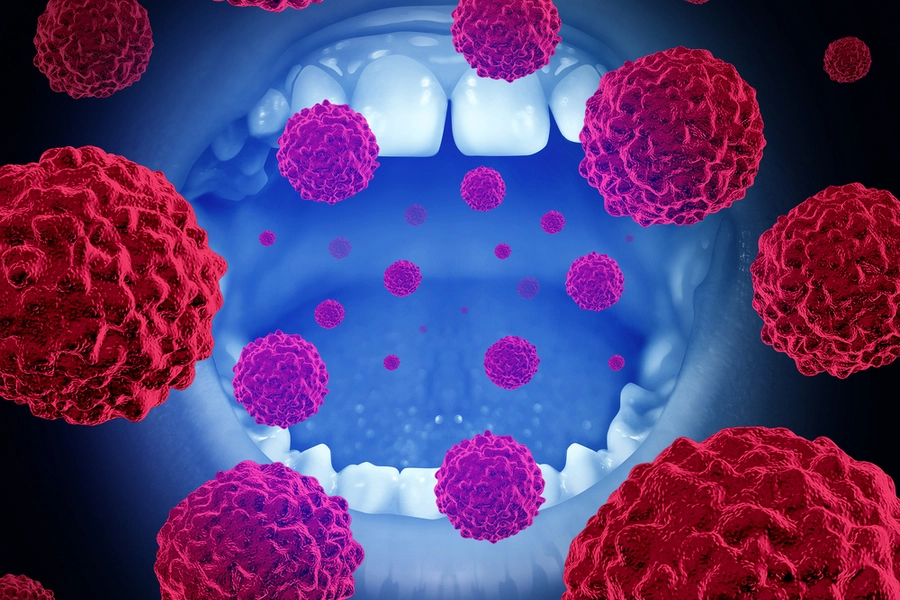Fluorosis in London
We all know that Fluoride is an essential mineral for dental health. However, intake of this trace mineral in higher doses could affect our teeth adversely. The toxic condition developed due to its increased intake is referred to as fluorosis, which could be due to large amounts of fluorine in your drinking water or in your diet. Generally, it affects your permanent teeth. In London, fluorosis is comparatively a rare condition than caries teeth because most of the citizens use non-fluoridated drinking water, and hence it is very unlikely that we would get exposure to high levels of fluorides. Fluorides help to prevent dental decay and its deficiency causes teeth to be prone to early development of caries. Therefore, in London, it has been added to toothpastes and mouth washes for years with good control of dental caries. Here only a small percentage of population get fluoridated water supply and natural fluoride in water is seen only in very few places. Hence, fluoridation of public water supply would be the easiest method for the benefit of those deprived of this mineral naturally. The recommended standard limit of fluoride in water is 1ppm (parts per million) and above which, it is not good for general health. However, higher ppms of fluoride could be seen naturally at some shallow water bodies in rural areas where people are at risk of developing fluorosis or toxicity. Fluorosis generally affects children below the age of 8, before the development of permanent teeth. If children are exposed to high levels of fluoride during the formative years of their teeth, they are at high risk of dental and skeletal fluorosis. Excessive fluoride causes white spots or flecks or yellowing of teeth, or pitting and mottling of the enamel, depending on the degree of exposure. Only an expert can detect mild fluorosis, as it shows only minimal changes such as a fleck of white or pearly appearance to the teeth. As caries itself is an unsightly and painful condition, mild fluorosis from fluoride intake can be considered a better condition with added benefit of protection from caries. Actually, mildly fluorotic teeth have a pearly glow than normal teeth and most people like to have mild fluorosis in teeth, as it is indistinguishable and appear more beautiful. Depending on the degree of fluorosis, teeth would appear yellowish to brownish with pitting or mottling making it cosmetically unacceptable. Sometimes, even if the water supply is not fluoridated, children can be found having fluorosis. In such conditions, on evaluation, the causes were found to be fluoride supplements or children swallowing fluoride toothpastes while brushing. Hence, it should be mandatory to get the advice of a dentist about the need for fluoride supplements and proper supervision of child’s tooth brushing. Parents should be teach them how to brush with minimum toothpaste and to spit out after brushing. Dental fluorosis can be treated with bleaching, whitening, microabrasion, or with veneers, depending on the degree of disclouration or damage.


